- Ring
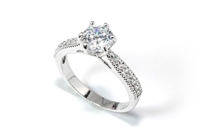
- Bagh and ano are two French words that mean ring. Bagh refers to a highly decorative ring made of jewelry or precious metals, while Ano refers to something that has the meaning of a contract and symbol, such as a wedding ring or a bishop's ring.
Of the many ornaments, only rings are used as symbols of the practice of contract ceremonies to this day. Wedding and engagement rings were originated from Jewish customs in the Middle Ages, which gradually spread throughout the world as they became a practice of Christianist rituals.
Around 4,500, King Tutankhamun of Egypt made a ring with Lapis Lazuli studded in a scareb-shaped gold. These rings in Egypt have large gems and metal that form the framework are also quite profound. The craftsmanship is very delicate and beautiful and it has a mainly occult meaning.
The tradition of wearing rights goes back to Greece, Etrutia and Rome, where the rings of Greco-Roman period are designed as if a snake was winding a finger. Romans were said to be very fond of wearing rings such that the Emperor Heriogadras (218-222) would not wear the same ring twice. . In Roman times, rings represented one’s identity where senators wore gold, ordinary nobles wore silver, and slaves wore iron rings. Sparta which respected practicality, reportedly banned the production of rings other than iron.
For the clergy representing medieval culture, jewel symbolizes their status and virtue. In particular, it is said that the Pope and the Archbishop were given luxurious jewelry rings that were stacked with diamonds and sapphires. An anecdote about a priest who loved jewelry symbolically illustrate medieval culture. When the Protestant pioneer Martin Luther married Katarina Fonboren despite the opposition of the Pope, he made a contrasting ring made of diamonds and rubies, inscribed with the phrase ‘God’s relationship, for man cannot solve it.”.
Rings were used as signs of promise or as souvenirs in this way and were engraved with a photograph or commemorative phrase. When they began to be used for assassinations, poison or swords were added.
- Necklace
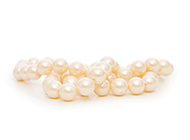
- The French for necklace is collier.
Necklaces made of red, blue, green and other colorful beads or pendants with jewels such as agate and lapis, lazuli on rows made of silver and bronze, can be found in almost every civilization, including Egypt, Greece and Roman Persia.
Starting with the Renaissance, when Western modern civilization began, court unifoms were changed to expose the chest, and accordingly, the development of necklaces was remarkable. During the Bourbon Dynasty of France, Elizabeth and Victoria Dynasties of England, the symbols of royal property were determined by the quality of crown and necklace. In particular, the development of aquaculture pearls led to the spread of pearl necklaces around the world. And the necklaces sewn into beads such as crystal, agate, glass and corals continue to flourish to this day.
- Earring
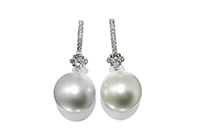
- Earing, as the name implies, is an ear ring. In French, it is called Boucle Doreilles.
In Southwest Asia, there was a custom of piercing the ear and attaching a ring to stretch it, and traces of it remain in Assyrian fragments. It is also recorded that when Moses built the temple, the women of Israel wore earrings. In the pyramids of Eqypt, gold/silver earrings were also found.
In Greece, jeweled downrings were made and in Rome, diamond earring were used to expel demons. In the ruins of Pompeii in Rome, a pair of pearl earrings was discovered and still shine at a corner of a museum today. Starting in the 17th century, screwed earrings became popular. They became popular in the form of down rings with diamonds, pearls, jade, rubies, sapphires, etc. that have been studded and lowered from the ears.
- Brooch
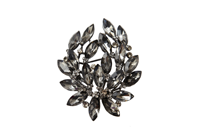
- Brooch, also known as pin, was a tool for fixing fur clothing. While the southern people who exposed the chest used necklaces, the brooch was an ornament developed in the northern Scandinavia.
However, as brooches turned into tools for fixing cloth from a fur, Greeks and Romans used a large round mold as an ornament to secure cloth on the left shoulder.
On the other hand, it was also used to fix hair, in which case there was a cylindrical or conical tip pointed like a needle and a fork-shaped split. However, boochse are now used as ornaments on the plate to be attached to suits or as an accessory such as safety pins, not as hair pins anymore.
- Bracelet
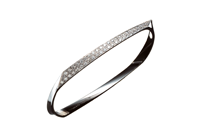
- The bracelet is called an Armlet or Bracelet in English, both words that originated from Latin.
During the Stone Age, many tribes dug the middle out of stones and use stone bracelets worn on the wrist. The ancient Egyptians used bracelets made of beads, fabrics, gold, silver and chilbo for both men and women. In the Greco-Roman period, a design with an animal motif such as a serpent wrapped arm around it were used, which were made of gold, silver and bronze.
